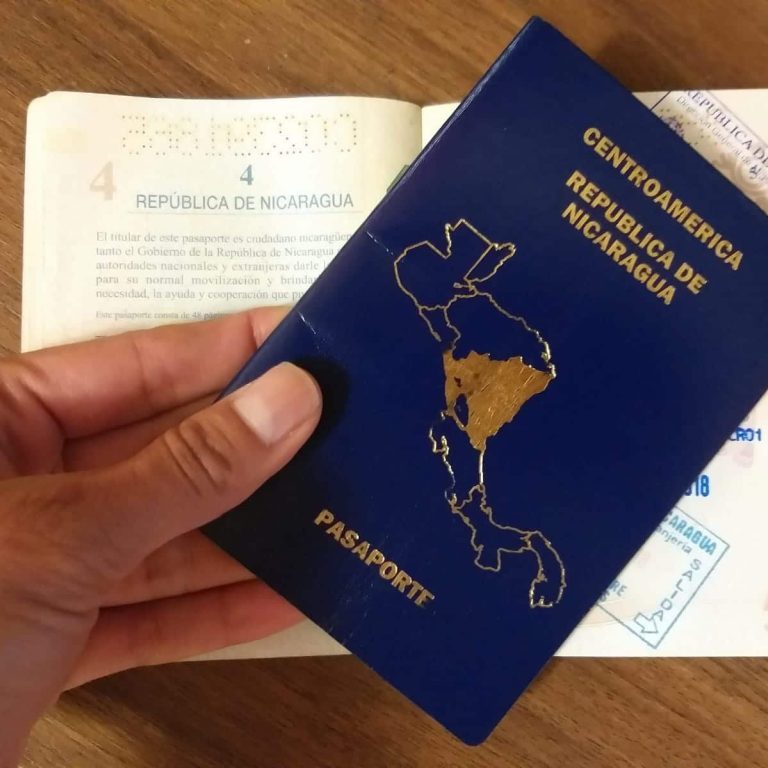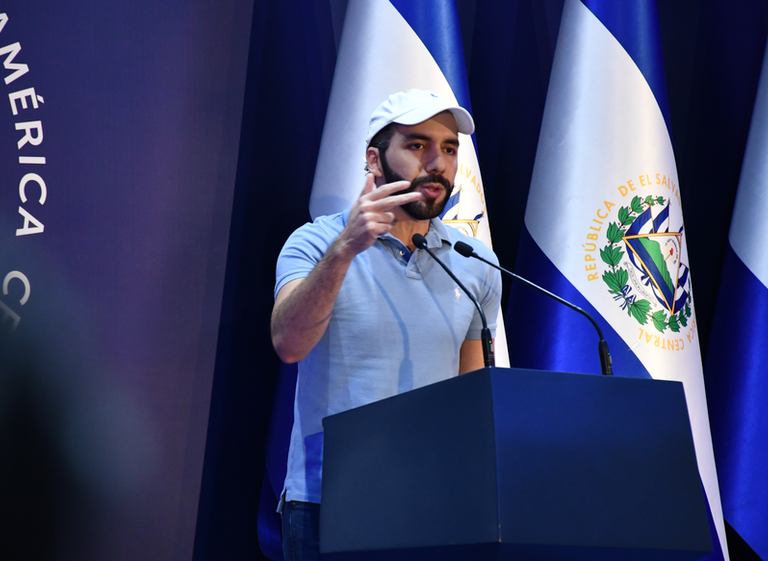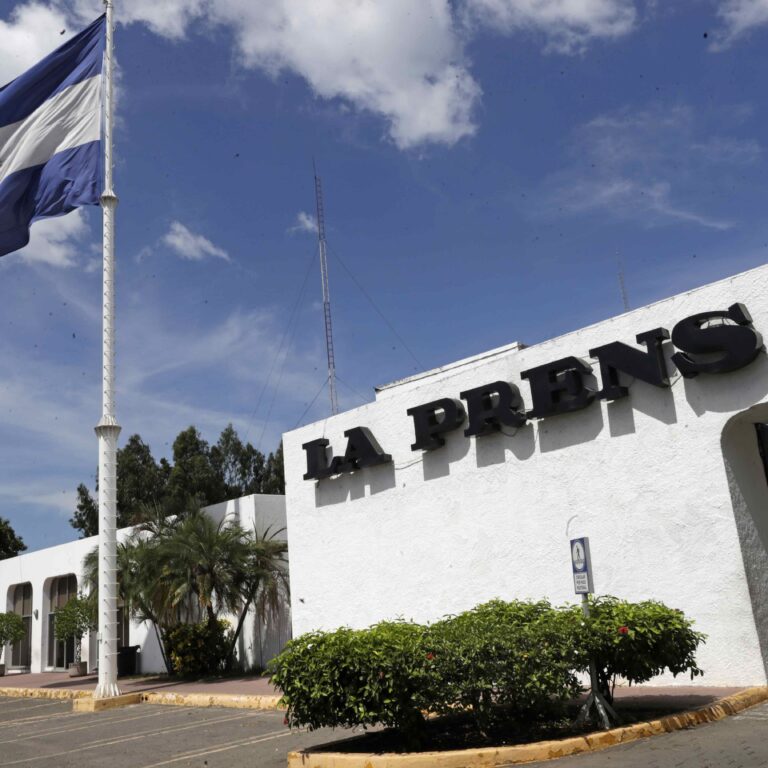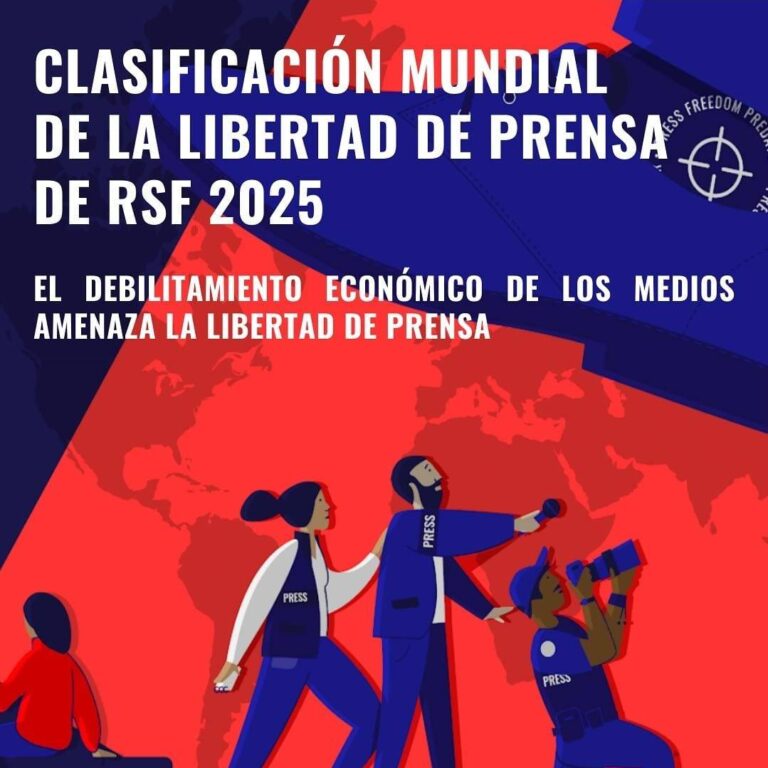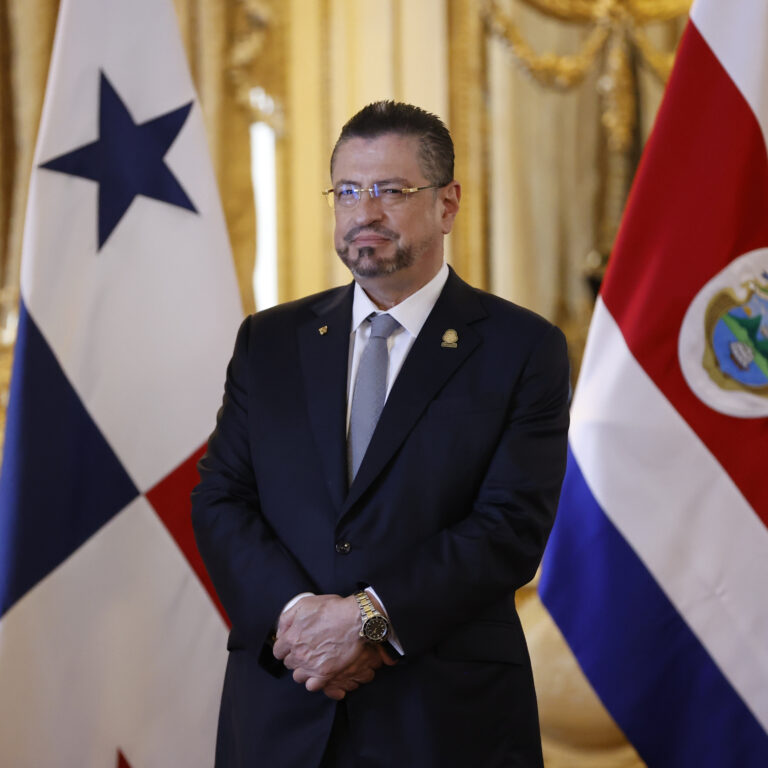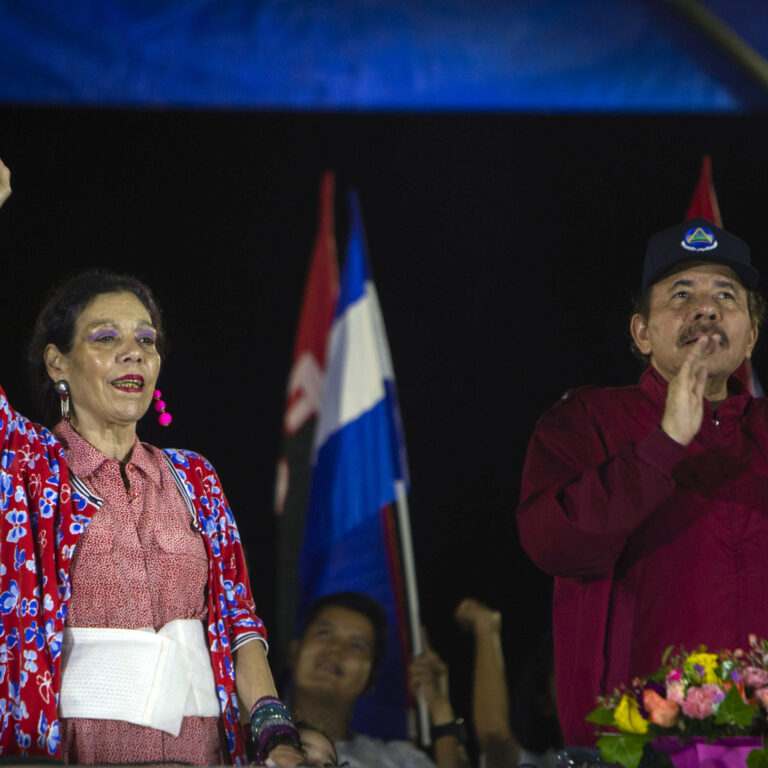Enacal has had to resort to loans to correct the defects inherited
from the poor execution of the project and comply with the planned scope.

By: Intertextual Editorial // editaint24@proton.me
The drinking water and sanitation project in the municipality of San Juan del Sur in Rivas Nicaragua, approved in 2007 and financed by the Spanish government through the Development Assistance Fund (FAD), with an amount of 12.5 million euros, has not yet met the San Juan residents dream of having drinking water 24 hours a day. Although the first part would have ended in 2013, the problem of supply and service interruptions persists.
For this reason, in recent years the Government of Nicaragua has had to resort to loans with the Inter-American Development Bank (IDB) that exceed 270 million córdobas, to correct the deficiencies and comply with 100 percent of the coverage that The project to improve and expand the drinking water and sewage service was planned, which was carried out between 2009 and 2013.
According to the Nicaraguan Aqueduct and Sewer Company (Enacal), the project planned to benefit 25 thousand inhabitants. However, according to a source close to this institution, the project suffered a cut of between 25 and 30 percent in terms of coverage.

“The errors, poor execution, the use of poor quality materials and the reduction in the scope of the project combined so that the work did not meet the expectations of the people of San Juan,” said the source. This situation forced the government to go into debt to repair the damage, improve and expand supply, although the problem seems far from being resolved.
Indice
ToggleThe murky awarding of the project by Enacal in Nicaragua
The initial project financed by the Spanish government was awarded to the Spanish company Befesa, in consortium with the Spanish Water Treatment Society (SETA). However, both companies had a history of corruption with similar water projects in Ciudad Sandino and Bluefields. In an interview given by the former head of Enacal, Ruth Selma Herrera, to Diario La Prensa in July 2013, she reported that during her administration she had a pipeline installed by Befesa removed because it did not meet the technical requirements.

“The same thing happened with a Spanish company called Seta (Spanish Water Treatment Society), which built the water system in Bluefields (…) they left serious problems in a desalination plant,” Herrera stated on that occasion.
Although Herrera denounced the above three years after leaving office at Enacal, when the San Juan del Sur water project was awarded to Befesa, she was still in office, but according to a former official of the same institution “from the beginning of the execution of the project, the deficiencies and use of unsuitable materials were visible, but Enacal did not show interest in supervising the work and the first anomalies became visible with the rupture of the 12-inch PVC pipes, which “They couldn’t withstand the pressure of the water.”
Befesa subcontracted the company Llansa for the installation of the pipeline in San Juan del Sur. The manager of Llansa, Oddel Villanueva, when questioned about the rupture of the pipe, assured on that occasion that “on constant occasions notifications were sent to Enacal and Befesa of the damages that the installation of pipes in poor condition would bring, but they ignored them. ignored.”
The main deficiencies were the use of 12-inch PVC pipe, when in reality iron material should have been used along the pipeline, however, this was used only in the catchment area. The above forced Enacal to replace 18 kilometers of pipeline.
A senior Enacal official who was also consulted by Intertextual confirmed that, due to execution and design errors, the project had to be redesigned. “They repaired a leak and another opened, what we were going through was crazy, but finally we managed to control the situation by changing the pipes,” he said after recognizing that the pipe they had installed was of poor quality and could not withstand the pressure.
A promise that was diluted
Capturing water from Lake Cocibolca, making it drinkable and supplying it 24 hours a day to the San Juan population is the promise that remains unfulfilled. Both in the urban area and in surrounding communities, constant interruptions to the water supply continue to be a reality.
The Spanish media “iagua” specialized in water issues, citing the company SETA, reports that it stated in October 2015 that “the fruit of SETA’s work (…) has made the dream of the residents of the tourist city come true. of San Juan del Sur, which was to have drinking water service 24 hours a day and 365 days a year, which is now possible thanks to the project “Improvement and Expansion of Drinking Water and Sanitary Sewage Systems.”
Contrary to what was expressed by the Spanish company, a resident of the Las Delicias neighborhood, located on the outskirts of the city and within the project coverage area, pointed out that she should have drinking water 24 hours a day for 10 years, but in home, service has been interrupted for up to three days a week.
Another source linked to the project revealed that the poor quality of the materials has been the main complaint of the work, although the planned scope was also not met, since the inhabitants of the Las Delicias and San Rafael del Valle sectors were excluded, nor The replacement of all pipes in the urban area was completed.
“The scope of the project was reduced by between 25 and 30 percent, although the reasons were not specified,” the source was quoted anonymously for his safety.
In the high areas of the community of El Bastón, people do not have water for up to a week, despite the fact that the network of pipes that supply San Juan del Sur crosses in front of the houses. Near that hamlet there are also two storage tanks that receive water from the water treatment plant.
“In the Luis Arroyo, El Frente Sur neighborhoods and some sectors of María Auxiliadora they also have to make the most of the moment when the water reaches their homes, since it is only in the center of the city itself that the water arrives safely. ”commented a local resident.
In the Playa Marsella sector, the population was left wanting to benefit from the project, since the network of pipes that descends from El Bastón to San Juan del Sur, crosses the entrance of said spa. The mayor’s office distributes water in a pipe twice a week. In El Bastón when there is an interruption of the water service, people resort to artisanal wells or buy water to drink.
In the La Cuesta sector, “the inhabitants were not benefited by the project either because it is a high altitude sector and the supply is made through three tanks that are on the edge of the road, in various sections,” he explained. another resident.

A mayor’s office is responsible for refilling the tanks twice a week, but the supply is insufficient. In the “La Cuesta Uno” sector, there is a Drinking Water Committee that provides the service two days a week.
According to the former Enacal official, the project did not include extending the service in the communities. “For that reason, communities that are on the edge of the San Juan del Sur highway such as El Capulín and Cebadilla were not benefited, since they were served by the Drinking Water and Sanitation Committee, known as CAPS.”
The debts incurred

To improve and satisfy the demand of San Juan residents and amend the flaws of the million-dollar project, Enacal resorted to a first loan in 2020. With financing from the IDB, the project “Improvement and Expansion of the Drinking Water System of the City of San Juan” was executed. del Sur”, with which the 28 kilometers of pipes and rehabilitation of the storage tanks were installed again. This time, the beneficiaries would be 23,800, as reported by Enacal through a press release published on January 11, 2023.
The improvement and expansion works began in April 2020, with an initial budget of 73 million córdobas, although in a press release dated May 31, 2023, issued by Enacal at the inauguration, it is detailed that the final final amount of 118 million córdobas, financed by the IDB.
A second project aimed at amending the deficiencies detected in the drinking water treatment plant and catchment area located in La Virgen, began on May 21, 2021 with an amount of 39.9 million córdobas, also financed by the IDB. For its part, Enacal reaffirmed that the beneficiaries would be the same 23,800 people.
In August 2023, Enacal also announced the start of Rehabilitation work on the Wastewater Treatment Plant, which was also part of the initial project, but like the drinking water work, also presented flaws in the design and execution.
Regarding the rehabilitation of the wastewater plant, Enacal indicated in a press release issued on August 31, 2023, that the cost of the investment was 14.5 million córdobas, also financed by the IDB, and that a Once the work is completed, it will improve the environmental conditions of San Juan del Sur.
More debts with the IDB
On July 26, 2023, Enacal also inaugurated a sanitary sewage expansion project that benefited the sectors that were excluded as a result of the cuts suffered by the project executed between 2009 and 2013.
The project, which was also executed with IDB funds, began in February 2021 and the amount of the investment was 100 million córdobas, according to information provided by Enacal through a press release published on the day of the inauguration.

All these investments made to correct the deficiencies left by the project executed by the Spanish companies, and achieve one hundred percent of the planned coverage, have cost the population more than 270 million córdobas, which will have to be paid to the IDB. for the next 40 years.
The Enacal authorities at that time recognized the failures committed in the project, especially due to the lack of supervision, however they recognized that with this new stage the drinking water situation in the municipality of San Juan del Sur would be improved. Meanwhile, the San Juan population continues to wait for the permanent supply of drinking water to one day become a reality.


